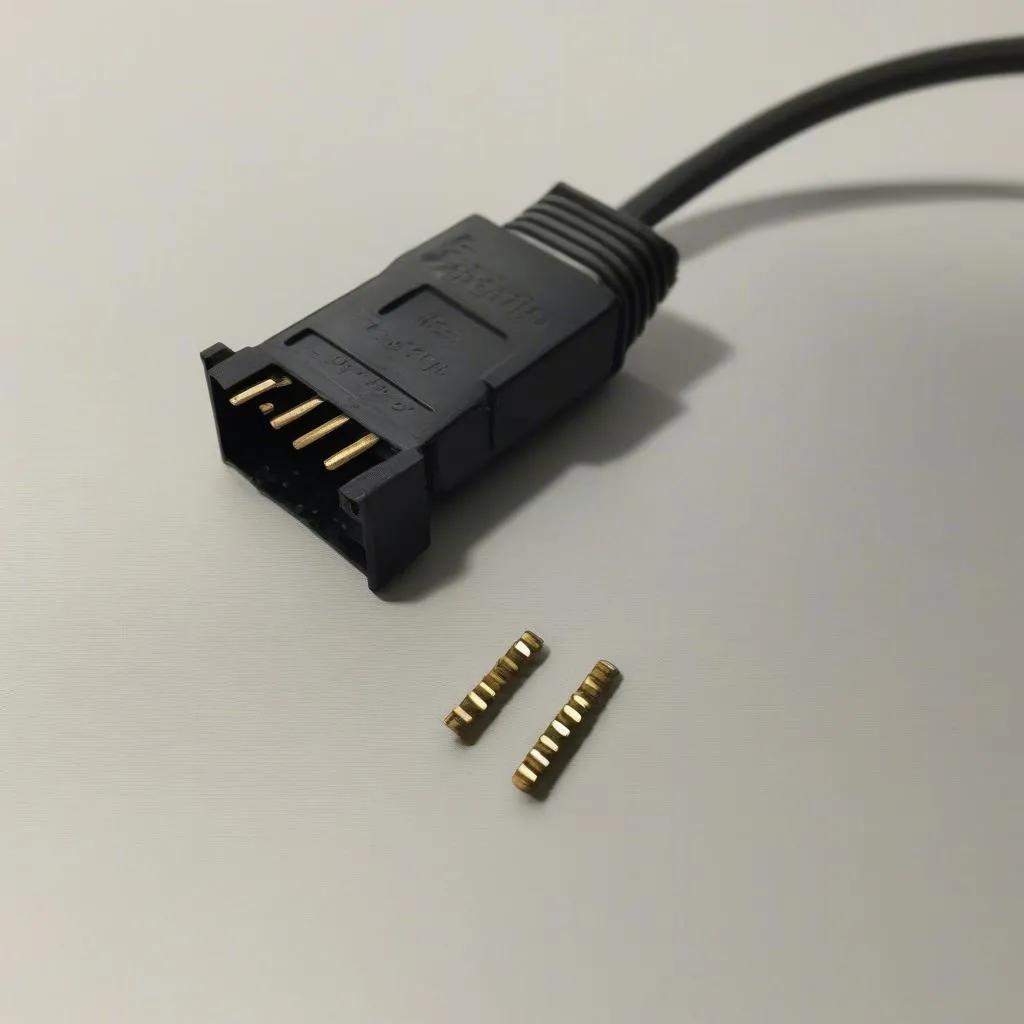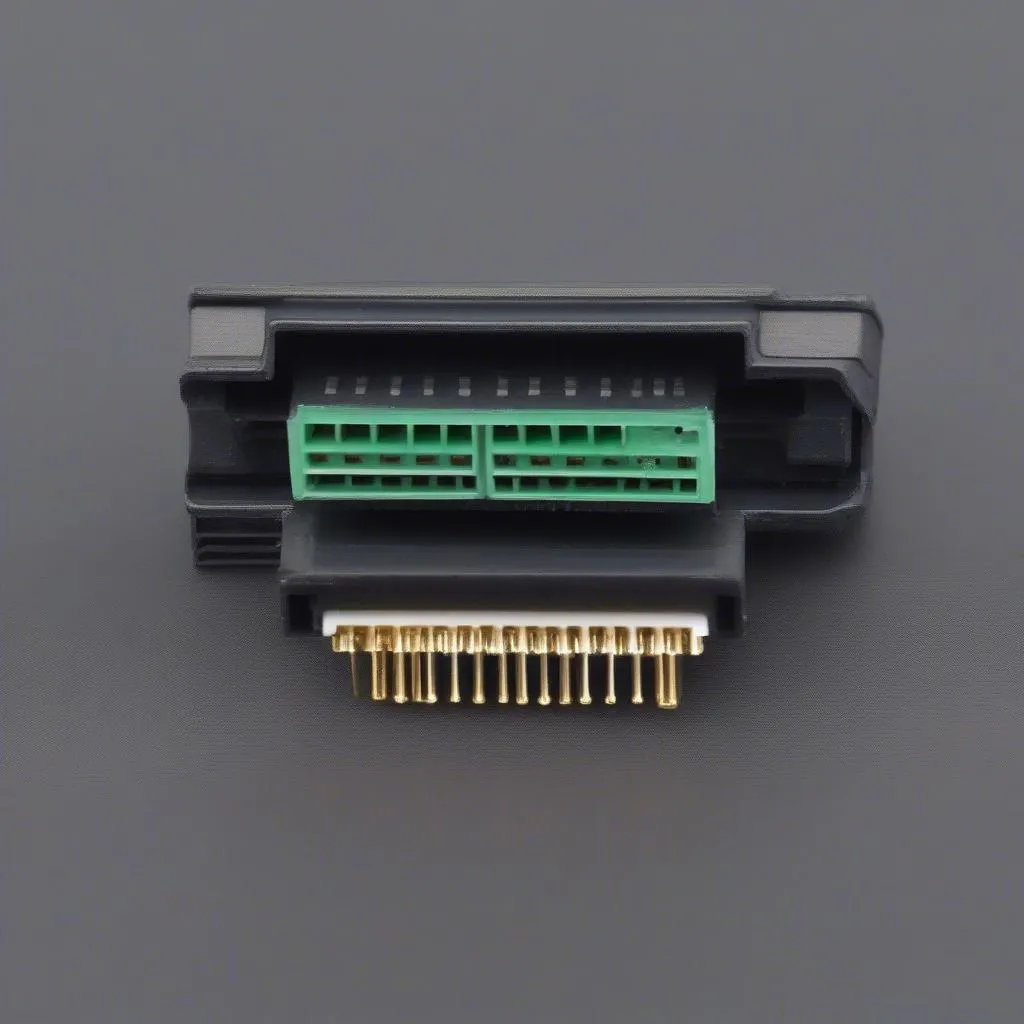You’re working on a classic car project, perhaps a ’96 Ford Mustang, and you’re looking to get your hands on a diagnostic scanner to help troubleshoot issues. You’re wondering if your car is OBD1 or OBD2, and you’re not sure where to start. That’s a common question!
What Does “OBD1” and “OBD2” Mean?
OBD stands for On-Board Diagnostics. This refers to the system your car uses to monitor its own operation and report potential problems.
OBD1: The First Generation of On-Board Diagnostics
OBD1 systems were introduced in the 1980s and were primarily focused on emissions monitoring. These early systems used simple codes, often referred to as “Check Engine” codes, that indicated specific sensor issues.
OBD2: The Modern Standard
OBD2 was standardized in the United States in 1996, requiring all vehicles sold in the US to use this protocol. This meant a standardized diagnostic connector and a broader range of codes to diagnose a wider variety of problems.
So, Are 1996 Cars OBD1 or OBD2?
This is where things get interesting. The simple answer is that most 1996 cars are OBD2. The US mandate took effect in 1996, so most cars built in 1996 or later will have OBD2. However, there are a few exceptions to this rule.
Some 1996 cars may still be OBD1. Here’s a few reasons why:
- Model Year: Some manufacturers may have continued to produce certain models with OBD1 for a short time after the mandate took effect.
- Region: Cars sold outside the US may not have been required to meet the OBD2 mandate.
- Model Specifics: Some older models might have had OBD1 systems even when newer models had OBD2.
How to Determine If Your 1996 Car Is OBD1 or OBD2?
The best way to determine if your 1996 car is OBD1 or OBD2 is to locate the diagnostic connector. It’s typically located under the dashboard, near the steering column.
OBD1 Connector
The OBD1 connector usually has a rectangular shape with 16 pins.  OBD1 connector shape and size for 1996 vehicles
OBD1 connector shape and size for 1996 vehicles
OBD2 Connector
The OBD2 connector is a 16-pin trapezoidal shape.  OBD2 connector shape and size for 1996 vehicles
OBD2 connector shape and size for 1996 vehicles
What If Your 1996 Car Is OBD1?
If you’ve identified your car as having an OBD1 system, don’t worry. There are still ways to get a handle on potential problems. While you might not have the full breadth of OBD2 functionality, there are resources available.
- OBD1 Diagnostic Scanners: These scanners can be a bit more specialized but can provide valuable information about your car’s health.
- Manual Troubleshooting: If you’re comfortable digging into the technical aspects of your car, you can use repair manuals and diagrams to identify and address issues manually.
Common OBD1/OBD2 Questions For 1996 Cars:
- What are the differences between OBD1 and OBD2 scanners? OBD2 scanners are more versatile, offering a wider range of data and codes.
- Can I use an OBD2 scanner on an OBD1 car? No, OBD2 scanners are not compatible with OBD1 vehicles.
- What are the main advantages of OBD2? OBD2 offers better diagnostic capabilities, more accurate fault codes, and a wider range of supported vehicles.
Looking For More Information?
You can learn more about diagnosing problems with your 1996 car by visiting our comprehensive guide on OBD connectors for VW Golf. For information on OBD2 installation for older vehicles, check out this article.
Still Have Questions?
Get in touch with our team of specialists via WhatsApp at +84767531508. We’re happy to help you find the right tools and information to keep your 1996 car running smoothly.